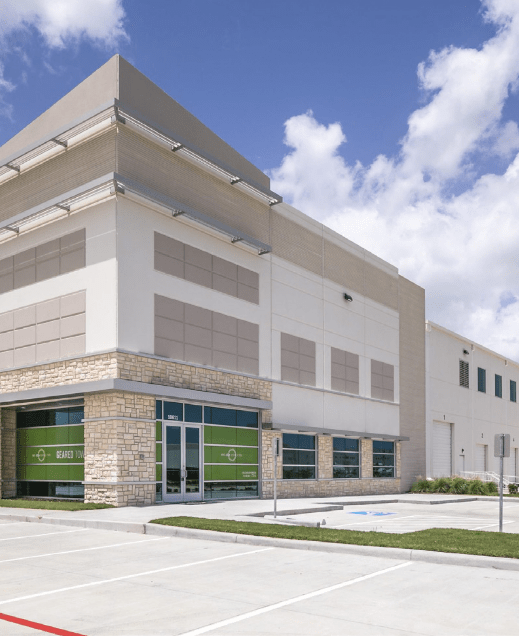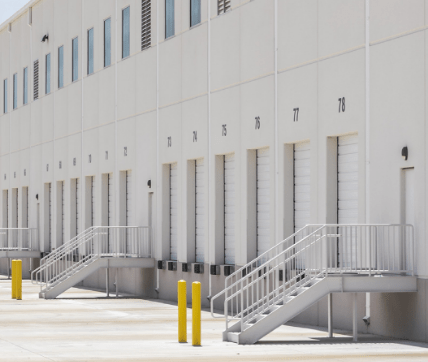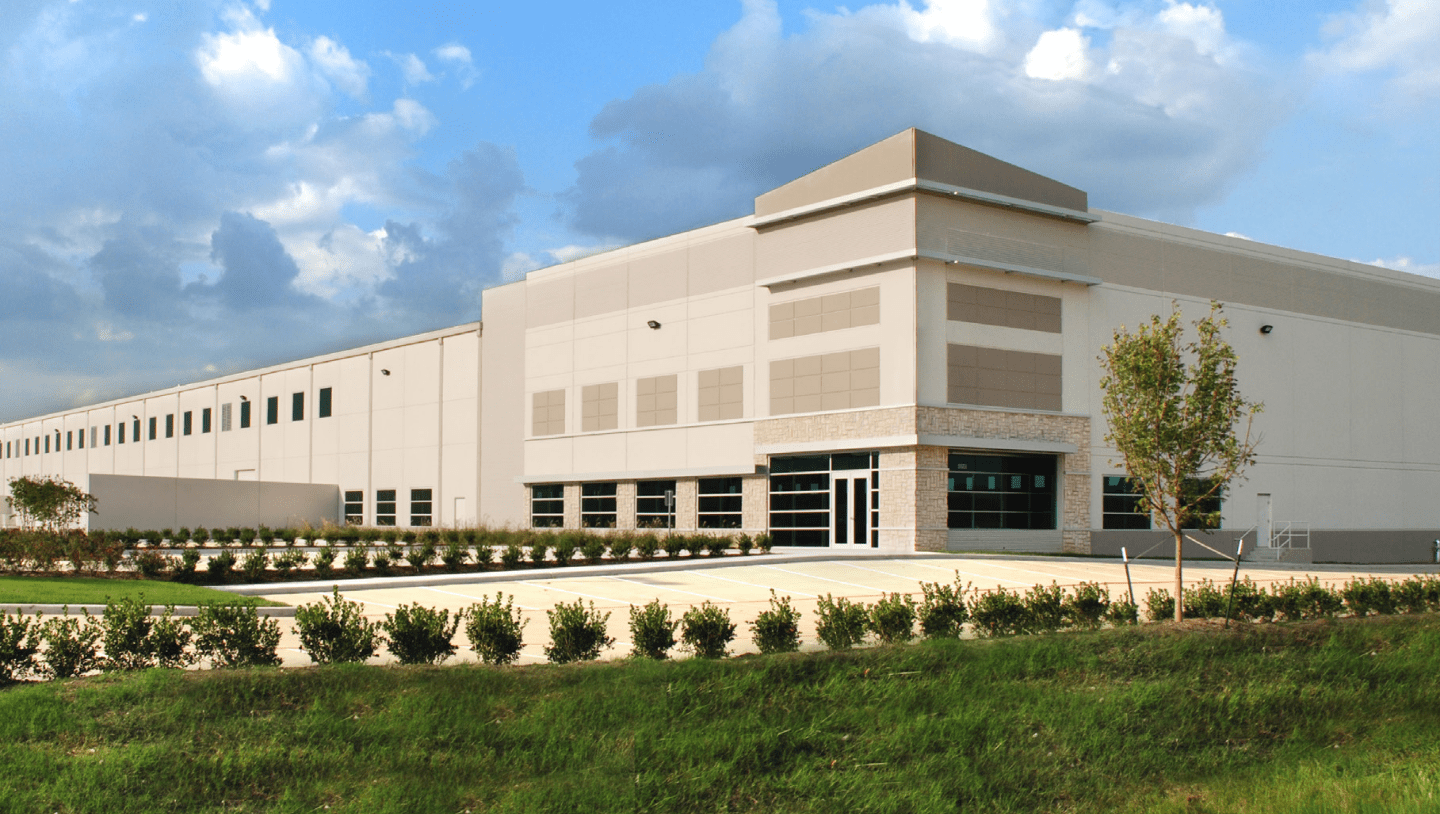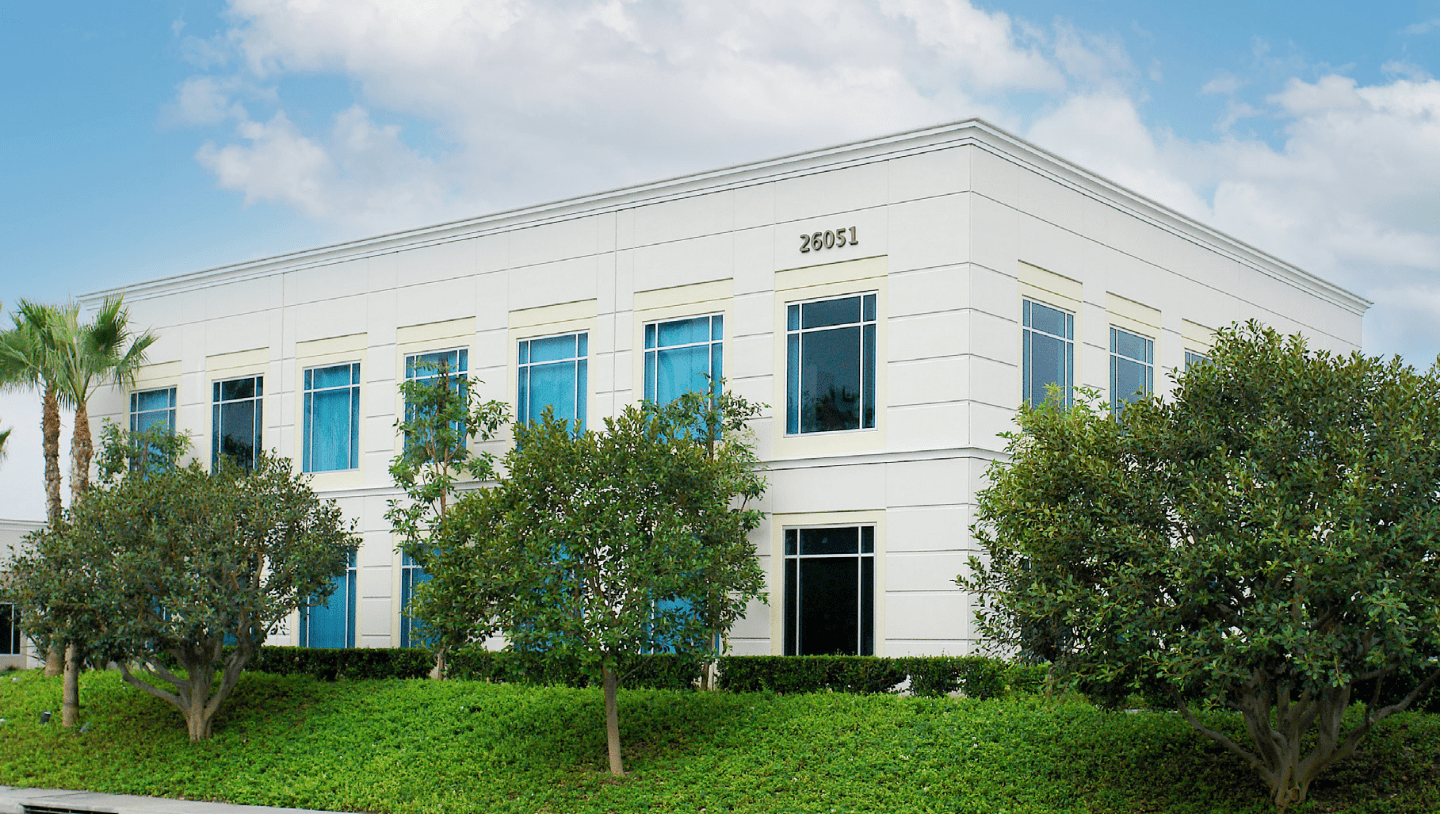-
Situation
Through ongoing pursuit efforts by Stream Houston in 2007, Principal Real Estate Investors, owners of a 137-acre site in Houston connected with Stream to analyze the market, discuss the development pipeline, leasing deals in the market, and to better understand the project’s potential.
During this time, the Southeast Submarket was in its infancy in terms of institutional-quality real estate investment, but the area was attracting a lot of attention due to:
- The pending Panama Canal expansion to allow larger ships through its locks.
- Addition of Port Houston’s second container terminal, Bayport.
- Wal-Mart had recently built two, 2 million SF distribution buildings in Cedar Port as a port diversification strategy to avoid being held at the mercy of the busiest ports in the United States, Los Angeles and Long Beach which had recently experienced a crippling strike by their longshoremen, thus preventing key products from reaching retails shelves during peak season.
As the market discussions with Principal progressed well, Stream was selected for fee development, leasing, and property management services on the first phase of Bay Area Business Park.
-
Strategy
Stream broke ground on phase one of the Bay Area Business Park in 2008. This phase consisted of three buildings totaling 1.2M SF. One 219,000 SF rear-load building and two 480,480 SF cross-dock buildings. Land remained available for build-to-suits or a future second phase. But in late 2008, while the first phase was under construction, the Great Recession hit. Vacancy spiked to over 25%, leading to dark days for the Southeast (“Port) submarket in Houston. The team knew a battle lay ahead due to the worst-case scenario timing for the delivery of three new speculative buildings with very few prospects. The original investment thesis quickly became obsolete, and Stream and Principal pivoted to chase short-term deals that could increase revenue and would not lock in low rates for the long term. Several short-term deals were accomplished and helped to bridge the gap to a better market that did not have single-digit vacancy until Q4 2013, over four years post-delivery of Bay Area Business Park.
In 2015 Stream broke ground on the 850,000 SF second phase, delivering buildings 4-7 in October of 2016. That was the opposite dynamic of the first phase occurred where almost all the second phase was pre-leased to existing tenants. The team had been studying the market and knew the submarket had rebounded, and that many of our existing tenants were looking to expand, so the team timed the delivery perfectly.
In 2018 Stream identified a neighboring 95-acre contiguous piece of land, which Principal purchased for phase three, the final phase of the Bay Area Business Park. Stream completed the site planning and made build recommendations to Principal in terms of building size and building configurations, clear heights, and depths, as per client preferences. Phase three is an additional three buildings totaling 1.3M SF, delivered summer of 2020, which the team has already had success in leasing.
Stream is a good student of the market and of doing what the market dictates in terms of developing buildings or not. The team saw the trends emerging at a local level, coming out of the Great Recession. It took four years before phase one was stabilized, but as the sub-market started to recover, the team saw increasing tenant demand, low existing supply, and hardly any new developments in the pipeline. After the Great Recession, most developers were nervous to restart in this submarket given the pain that was recently experienced. Stream’s data indicated it was a good time to build and so the team worked with Principal and used data-based evidence to move forward on phase two and similarly phase three.




Results
The Bay Area Business Park is now one of the largest single-owner business parks in the city at 3.38M SF and is 90% leased today. Stream developed and leased, and now manages, all three phases of the project. The team has also developed and deepened the relationship with Principal, which goes back to 2007.

